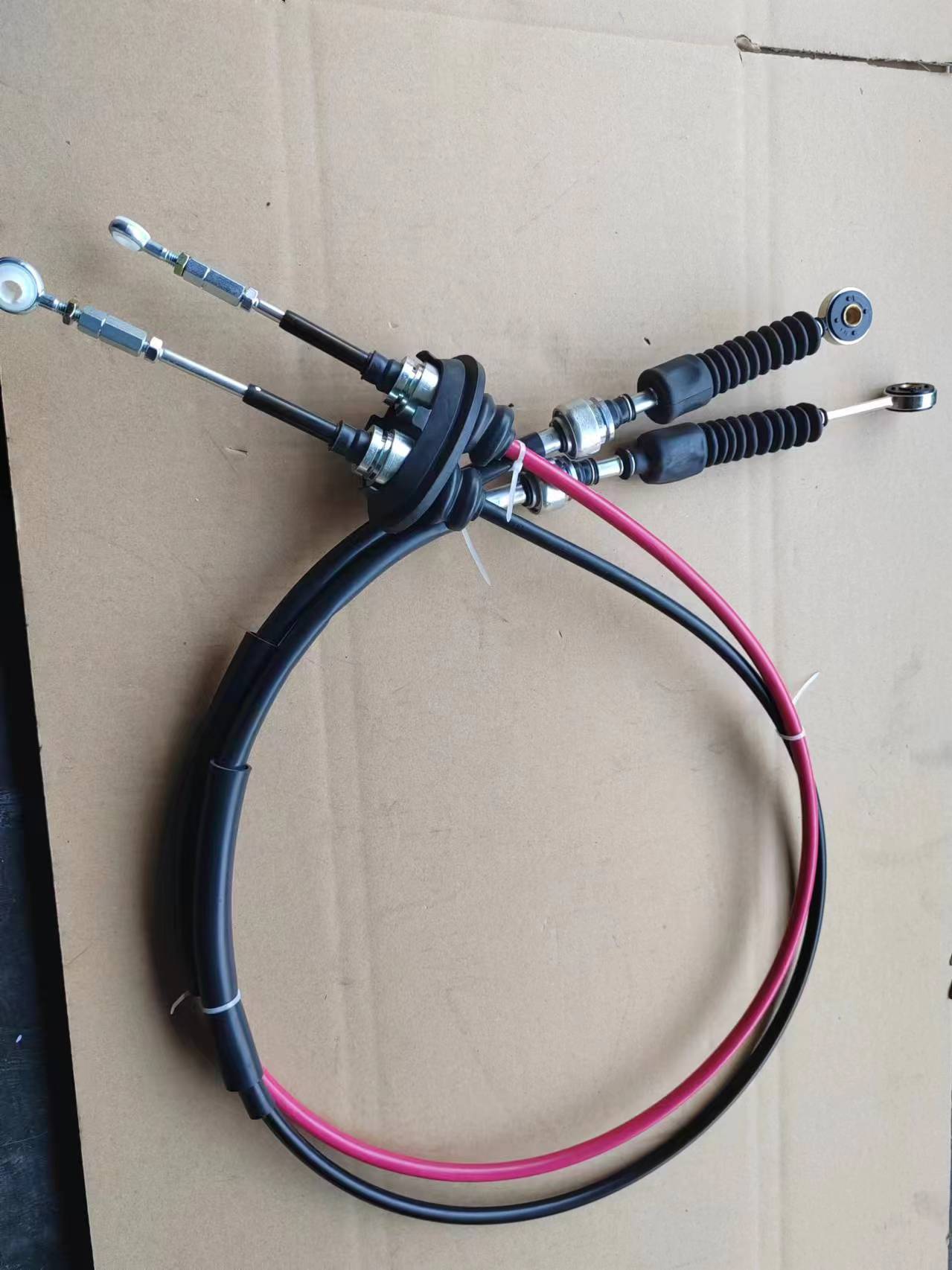gear shift linkage cable
Understanding Gear Shift Linkage Cables Function and Importance
The gear shift linkage cable is a crucial component in vehicles, facilitating the transition between different gears in the transmission system. This essential part ensures that the driver can effectively manage the engine power and vehicle speed by selecting the appropriate gear. Understanding the mechanics and significance of this component can help car owners, mechanics, and automotive enthusiasts appreciate its role in vehicle performance and longevity.
What is a Gear Shift Linkage Cable?
A gear shift linkage cable is a flexible conduit that connects the gear shift mechanism inside the vehicle with the transmission. It allows the driver to engage or disengage gears with ease, translating the driver’s manual input into precise mechanical movement within the transmission system. As trends in automotive design have evolved, the traditional mechanical systems have been increasingly replaced with electronic or cable-driven linkages, offering smoother operation and increased responsiveness.
How It Works
When a driver shifts the gear lever, the action pulls or pushes on the gear shift linkage cable. This movement is transmitted to the transmission, which interprets the input and shifts gears accordingly. The mechanism involves various components, including the cable itself, connector ends, and often, an adjustment mechanism to fine-tune the tension and alignment.
In manual transmission vehicles, the driver uses a clutch pedal to disengage the engine from the transmission temporarily. This process allows for a smooth transition between gears, and the gear shift linkage cable plays a vital role in this coordination. In automatic transmissions, the cable may interact with electronic sensors and actuators to shift gears without direct input from the driver when necessary.
Signs of Wear and Tear
Like any mechanical component, gear shift linkage cables can suffer from wear and tear over time. Common signs that a cable may need replacement include difficulty in changing gears, unusual noises when shifting, or a noticeable delay in the transmission's response to gear changes. In some cases, the cable may become frayed or rusty, leading to complete failure of the gear-shifting mechanism. Regular inspection and maintenance are essential to ensure the cable remains in good condition.
gear shift linkage cable

Maintenance Tips
1. Regular Inspections Schedule routine checks of the gear shift mechanism to catch any potential issues before they lead to significant mechanical failures. Look for signs of fraying, rust, or stiffness in the cable.
2. Lubrication Maintaining the flexibility of the cable is vital. Periodically lubricating the cable and its connections can reduce friction and wear, extending the component's life.
3. Professional Service If you notice any changes in the feel or responsiveness of your gear shifts, consult a professional mechanic. They can diagnose the issue accurately and recommend necessary repairs or replacements.
The Importance of Quality
When replacing a gear shift linkage cable, it’s crucial to opt for high-quality parts. Using OEM (Original Equipment Manufacturer) components ensures compatibility and reliability, which can directly affect vehicle performance. Cheaper, generic parts may save money initially but can lead to quicker degradation and require more frequent replacements.
Conclusion
The gear shift linkage cable may seem like a small part of a larger system, but its impact on driving experience and vehicle performance is significant. Understanding its function, signs of wear, and maintenance needs can help drivers preserve their vehicles’ integrity and enhance their driving experience. With proper care and attention, gear shift linkage cables can provide reliable service, ensuring smooth transitions between gears and the overall efficiency of the vehicle’s transmission system.
-
Workings of Clutch Pipe and Hose SystemsNewsJun.04,2025
-
The Inner Workings of Hand Brake Cable SystemsNewsJun.04,2025
-
The Secrets of Throttle and Accelerator CablesNewsJun.04,2025
-
The Hidden Lifeline of Your Transmission Gear Shift CablesNewsJun.04,2025
-
Demystifying Gear Cables and Shift LinkagesNewsJun.04,2025
-
Decoding Clutch Line Systems A Comprehensive GuideNewsJun.04,2025
